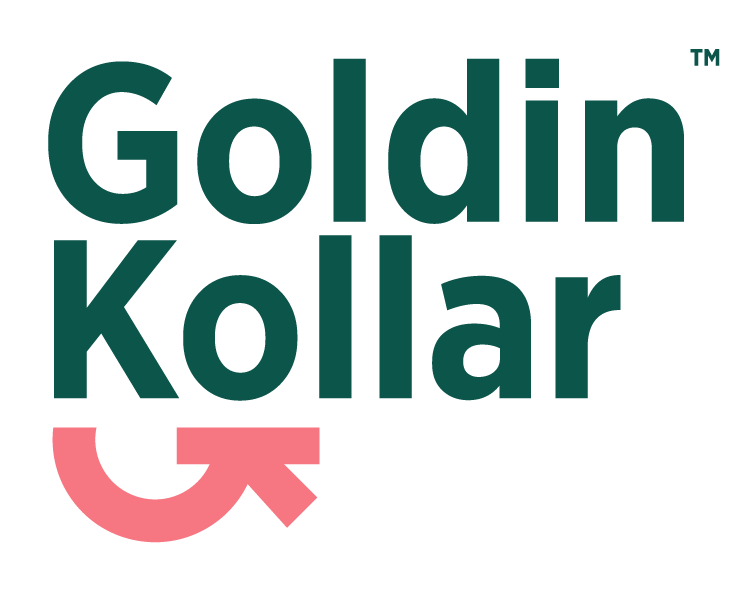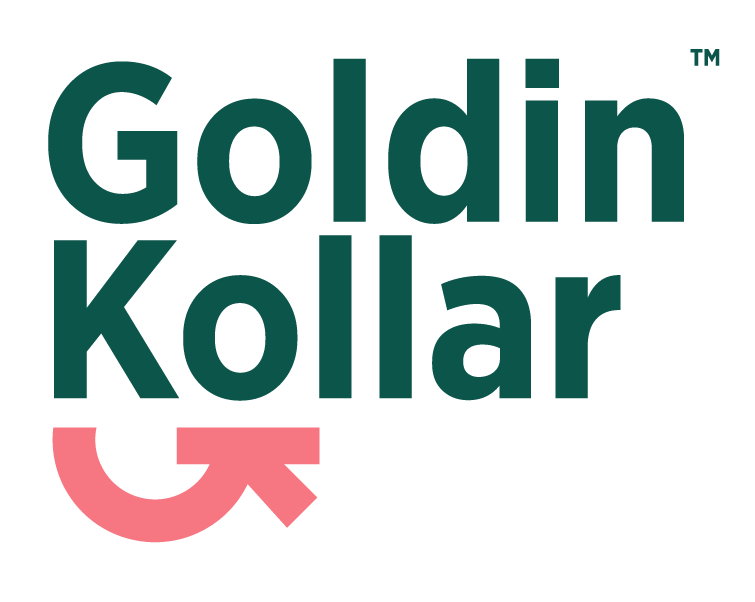The 5Ws & H Model Structure
1. Why: Defining the Business Objectives
Before establishing a recognition program, it is crucial to determine the purpose and objectives that will drive organizational success.
Performance Enhancement
Recognition programs should directly impact specific KPIs such as sales, efficiency, and innovation metrics.
Talent Retention
Strategic recognition methods must focus on retaining key performers and reducing turnover rates.
Cultural Reinforcement
Recognition should promote behaviors that align with and strengthen company values.
Strategic Impact Points
- Brand Building: Recognition programs strengthen employer branding and external perception
- Innovation Stimulation: Well-designed recognition encourages creative problem-solving
- Cultural Alignment: Recognition reinforces desired organizational behaviors
2. What: The Awards and Recognition Methods
Recognition should be diverse, meaningful, and aligned with company culture. A comprehensive program includes various forms of appreciation and rewards.
Types of Recognition
- Performance-Based Awards: Employee of the Month, Innovation Awards
- Cultural Alignment Awards: Living the Company Values Award
- Service Milestones: Long-Term Contribution Awards
- Peer-to-Peer Recognition: Kudos and Shout-Out Programs
- Customer-Driven Recognition: Client Appreciation Awards
- Legacy Recognition: Career Achievement Awards
3. Who: The Judges, Givers, and Recipients
Recognition should not be limited to top-down management decisions. A holistic approach ensures broader engagement and authenticity.
Recognition Givers
- Leadership Recognition
- Peer-to-Peer Recognition
- Customer-Driven Recognition
- External Recognition
Recognition Recipients
- Individual Contributors
- Teams and Departments
- Support Staff
- Innovation Leaders
Key Considerations for Recognition Distribution
- Ensure recognition is fair and accessible to all employee levels
- Create opportunities for cross-departmental recognition
- Include remote and hybrid workers in recognition programs
- Consider cultural differences in recognition preferences
4. When: The Frequency and Timing
Recognition must be timely to maintain its impact and relevance. A structured timing model ensures consistent and effective recognition delivery.
Real-Time Recognition
- Instant digital acknowledgments
- Immediate customer feedback sharing
- On-the-spot appreciation
Periodic Recognition
- Weekly team highlights
- Monthly performance awards
- Quarterly achievement ceremonies
Legacy Recognition
- Annual excellence awards
- Career milestone celebrations
- Retirement acknowledgments
Recognition Timing Best Practices
Immediacy
Recognize achievements as soon as possible to reinforce positive behaviors
Consistency
Maintain regular recognition schedules to create anticipation and motivation
Relevance
Align recognition timing with project completions and milestone achievements
5. Where: Recognition Platforms and Venues
The channels and platforms used for recognition can significantly impact its effectiveness and reach. A multi-channel approach ensures maximum visibility and engagement.
Digital Platforms
- Company intranet and recognition portals
- Employee engagement apps
- Social media channels
- Digital announcement boards
Physical Venues
- Team meetings and town halls
- Award ceremonies and galas
- Office spaces and common areas
- Company events and retreats
Hybrid Solutions
- Virtual award ceremonies
- Hybrid team celebrations
- Mixed-mode announcements
- Cross-location events
6. How: Implementation Strategy
A successful recognition program requires careful planning, clear processes, and continuous evaluation.
Program Design
- Define clear objectives and metrics
- Create recognition criteria
- Establish budget and resources
Process Development
- Design nomination procedures
- Create evaluation frameworks
- Develop communication plans
Implementation
- Launch pilot program
- Train managers and staff
- Deploy recognition tools
Monitoring & Evolution
- Track engagement metrics
- Gather feedback
- Iterate and improve
Bringing It All Together
A successful employee recognition program requires careful attention to all six components of the 5Ws & H Model. By addressing each element thoughtfully, organizations can create a recognition program that:
- Drives meaningful employee engagement
- Aligns with organizational objectives
- Creates lasting cultural impact
- Adapts to changing workplace dynamics



